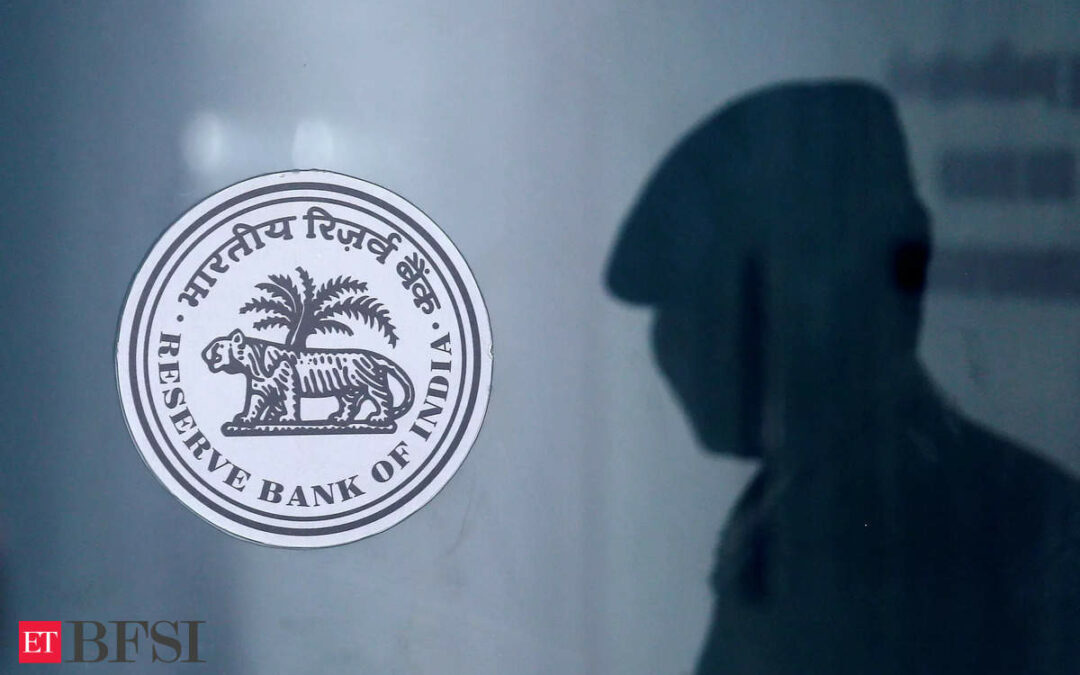With overall household savings declining to 18.4 per cent of GDP in FY:2022-23 from an average of 20.0 per cent of GDP over 2013-2022, and coupled with an increasing trend in financial liabilities, household debt warrants close monitoring from a financial stability perspective, the Reserve Bank of India said.
“The sharp rise in household financial savings during the pandemic (51.7 per cent of total household savings in 2020-21) has been drawn down subsequently, as in many other economies, and shifted towards physical assets. Alongside, households are also diversifying their financial savings, allocating more to non-banks and capital markets,” RBI’s Financial Stability Report said.
Financial liabilities of households have risen in the post-pandemic period, as reflected in the surge in retail loan growth for financing both consumption and investment, it said.
Alongside, agricultural and business loans have also grown. Notably, more than two-thirds of borrowers are of prime and above credit quality. 1.55 At 40.1 per cent of GDP, the stock of household debt in India is relatively low when compared to other EMEs, but in relation to GDP per capita, it is comparatively high, the RBI report said.
A five-year low
Indian households saw a decline in net financial savings during the fiscal year 2022-23, dropping to a five-year low of Rs 14.16 lakh crore from Rs 17.12 lakh crore in the previous year, according to data from the statistics ministry. This reduction in net savings can be attributed to a significant increase in financial liabilities, which surged by 73.2% year-on-year to reach Rs 15.57 lakh crore, marking the highest level since 2011-12.
The primary driver of this rise in household liabilities was loans from banks, accounting for 76.3% of total liabilities at Rs 11.88 lakh crore in 2022-23. Additionally, borrowings from non-banking entities also increased during this period, with loans from financial corporations and non-banking companies rising by 73.6% to Rs 3.33 lakh crore, and advances from insurance companies growing by 95.0% to Rs 8,800 crore.
Bank deposits rise
Despite the increase in liabilities, households continued to prefer depositing their savings with banks, which rose by 29.2% year-on-year to reach Rs 9.93 lakh crore in 2022-23. Bank deposits constituted a significant portion (33.4%) of the total gross financial savings amounting to Rs 29.74 lakh crore.
Apart from bank deposits, households allocated their savings to provident and pension funds (21.1%), insurance funds (18.4%), and life insurance funds (18.2%).
However, as a percentage of GDP, net household savings declined to a record low of 5.3%.











